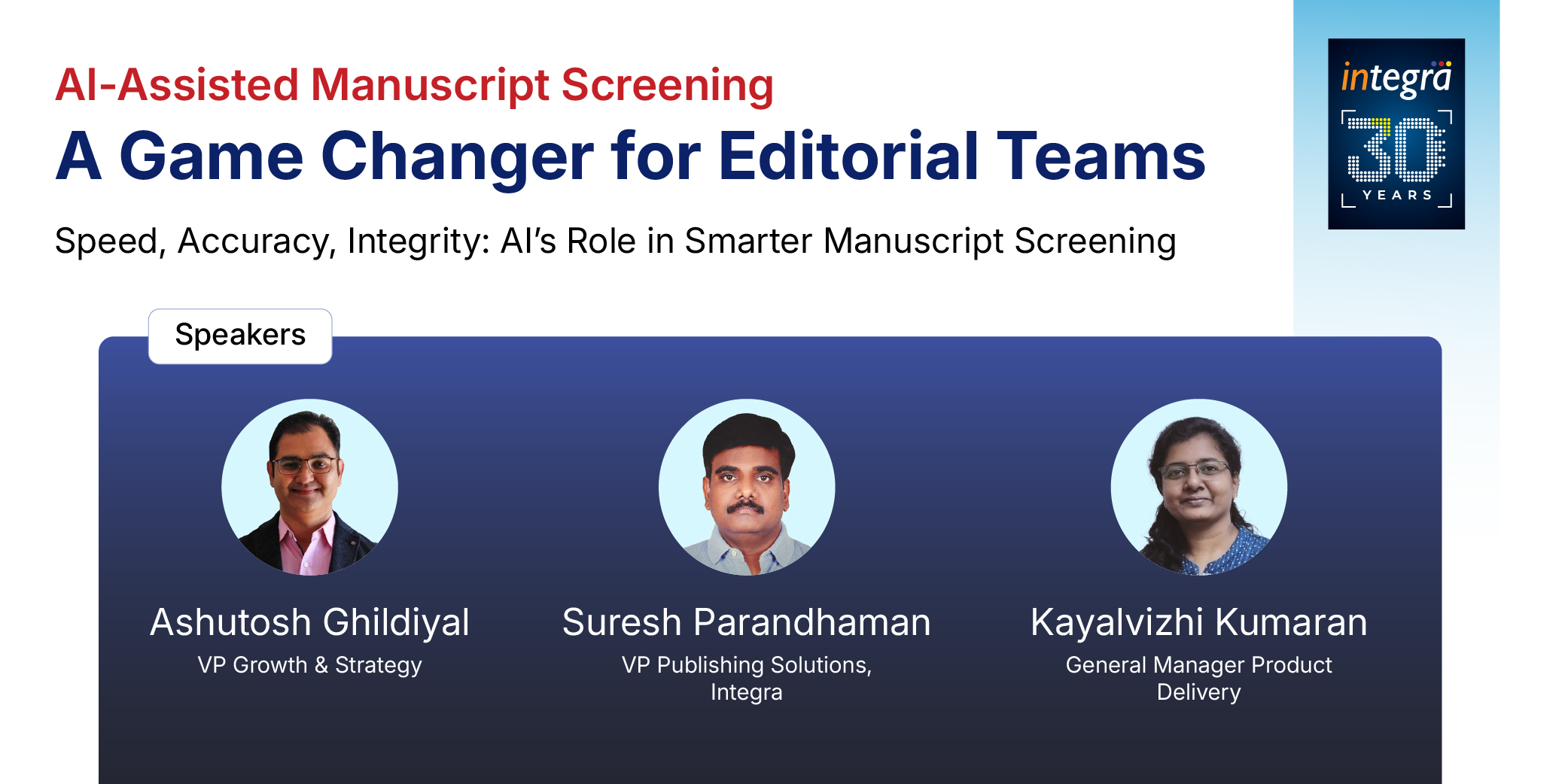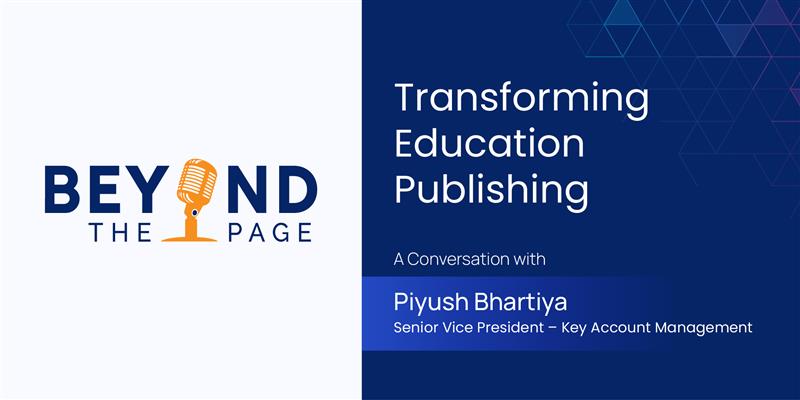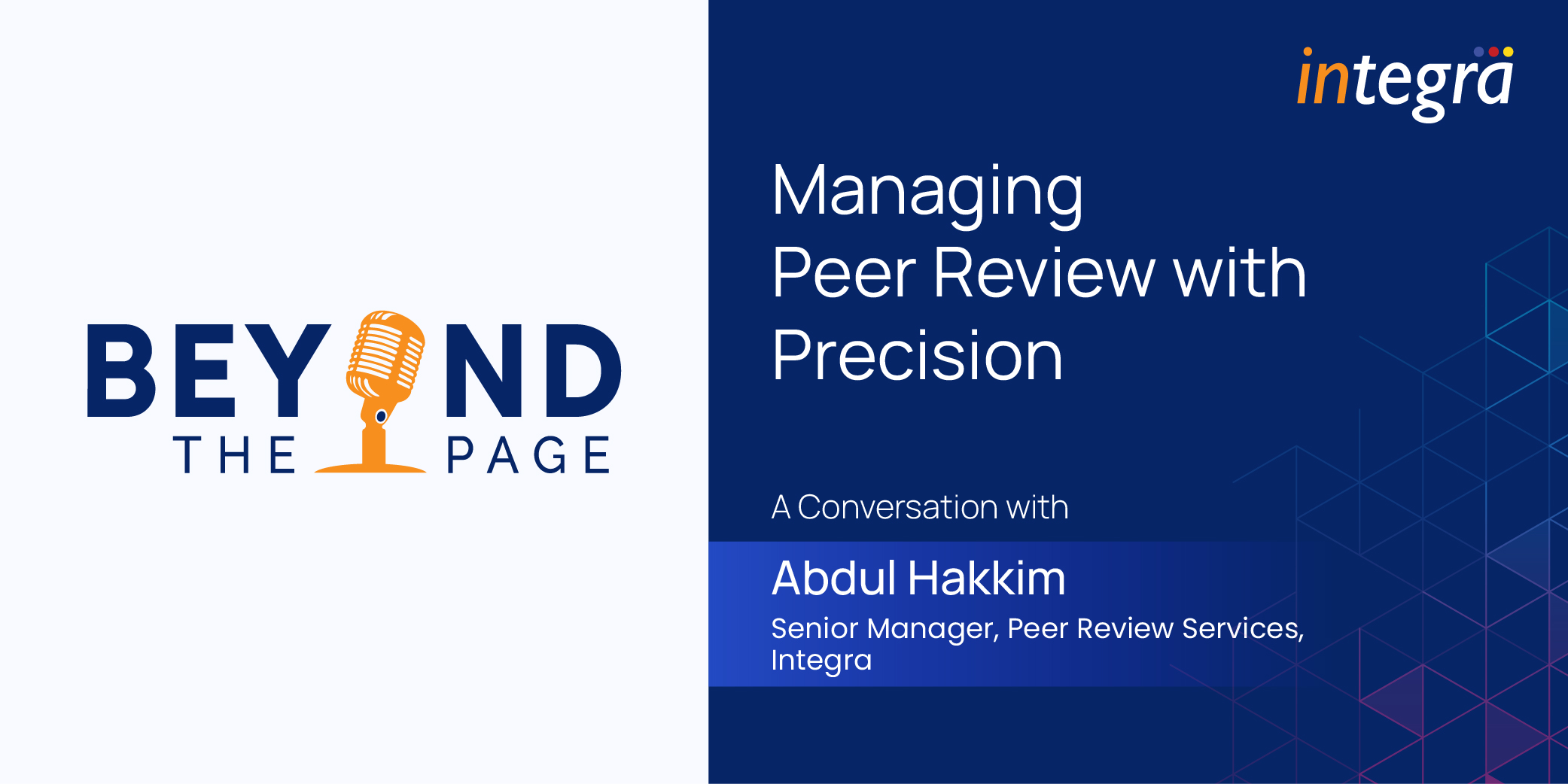
The scholarly publishing ecosystem stands at a critical crossroads. With submission volumes climbing, reviewer fatigue reaching unprecedented levels, and concerns about quality control mounting, the traditional peer review process is showing signs of strain. Ashutosh Ghildiyal’s recent article in Science Editor proposes an intriguing solution: the Peer Review Intelligent Support Module (PRISM), a socio-technical framework designed to transform peer review from a burden into an intellectually rewarding experience.
At Integra, we believe innovative approaches like PRISM warrant thoughtful consideration as we collectively work to strengthen the foundation of scholarly communication. This article examines Ashutosh’s proposal, its potential benefits, and the broader implications for the publishing industry.
The Current Peer Review Crisis
Before diving into PRISM, it’s worth reiterating the challenges facing peer review today:
– Reviewer burnout: As submission volumes increase yearly, the same pool of qualified reviewers faces mounting pressure
– Declining participation: Many scholars increasingly view peer review as a thankless task with insufficient recognition
– Quality concerns: Rushed reviews and reviewer fatigue can lead to inconsistent evaluation quality
– Publishing delays: Extended review timelines frustrate authors and slow scientific progress
Ashutosh correctly identifies that these issues stem not from a failure of peer review itself, but from weaknesses in how we support and incentivize those involved in the process. The core problem lies in how we value, train, and equip our gatekeepers—the editors and reviewers responsible for maintaining research integrity.
PRISM: A New Vision for Peer Review
The PRISM framework represents a bold reimagining of the peer review experience, focusing on creating conditions that foster reviewer engagement and efficiency. Its key components include:
1. Technology-Enhanced Flow State
The concept of “flow”—a state of deep focus and intrinsic motivation—serves as PRISM’s psychological foundation. By creating distraction-free environments and eliminating administrative burdens, PRISM aims to help reviewers achieve this optimal state, making the review process both more efficient and intellectually satisfying.
2. The Two-Session Approach
Perhaps PRISM’s most practical innovation is its structured two-phase review process:
– Session 1 (2-3 hours): Deep reading with voice-note capture
– Session 2 (2-3 hours): Refinement and finalization of feedback
This approach acknowledges the cognitive demands of thorough review while providing a practical framework to complete the task efficiently.
PRISM leverages AI not to replace human judgment but to enhance it through:
– Voice note transcription and organization
– Automated administrative support (citations, plagiarism detection)
– Quality assurance tools
– Predictive research impact analysis
These tools follow a “walled garden” approach—enhancing human capabilities rather than generating content independently.
Critical Analysis: Strengths and Considerations
Promising Aspects of PRISM
1. Focus on human experience: PRISM recognizes that technological solutions must enhance—not replace—human judgment and intellectual engagement.
2. Cognitive science foundation: By incorporating principles from behavioral science and knowledge of flow states, PRISM addresses the psychological aspects of reviewer motivation.
3. Practical time management: The two-session approach offers a realistic framework for busy academics to complete thorough reviews efficiently.
4. Scalable implementation: Components of PRISM could be implemented incrementally across various publishing contexts.
Questions and Considerations
1. Implementation costs: The article provides limited discussion of the financial investment required for PRISM’s physical components (the “Pod”) and AI console development.
2. Accessibility concerns: Would PRISM create a two-tier system where only well-resourced institutions could provide these enhanced review environments?
3. Training requirements: How extensive would the learning curve be for reviewers to adapt to this new approach?
4. AI limitations: Current AI tools still have limitations in understanding nuanced scientific content and identifying subtle methodological flaws.
5. Incentive alignment: While PRISM addresses the review experience, it doesn’t fully resolve the fundamental incentive misalignment in academic publishing.
The Bigger Picture: Reimagining Publishing’s Gatekeeping Function
What makes Ashutosh’s article particularly valuable is its emphasis on reframing the gatekeeping role in scholarly publishing. As he notes, “it is about reaffirming the role of scholarly publishers as gatekeepers, ultimately accountable to readers who rely on research to be trustworthy, reliable, and useful.”
This perspective shifts our focus from process efficiency to purpose effectiveness. The ultimate goal isn’t just faster reviews but better research dissemination—ensuring that published work meets the highest standards of scientific rigor and value.
PRISM represents one approach to strengthening this gatekeeping function by empowering reviewers with both technological support and an environment conducive to deep engagement. By removing the tedious aspects of reviewing, it aims to help scholars focus on what matters most: critical evaluation of research quality and contribution.
Integrating PRISM Into Our Publishing Future
At Integra, we see frameworks like PRISM as important contributions to the ongoing conversation about publishing innovation. As we consider its application, several opportunities emerge:
1. Hybrid Implementation Models
Rather than viewing PRISM as an all-or-nothing solution, publishers might implement specific components that address their most pressing needs. For example, AI-assisted voice note transcription could be implemented immediately, while physical “Pod” environments could be developed as resources allow.
2. Complementary Recognition Systems
PRISM should be coupled with improved recognition systems that provide tangible career benefits for reviewers. These might include verified review credentials, specialized professional development opportunities, or integration with institutional review and promotion processes.
3. Reviewer Training Enhancement
The gamified training aspects of PRISM could revolutionize how we prepare academics for effective peer review, potentially addressing quality concerns while simultaneously making the learning process more engaging.
4. Community Building
PRISM’s emphasis on making peer review intellectually rewarding aligns with broader efforts to build stronger scholarly communities. Publishers might leverage these technologies to create more connected reviewer networks where expertise and best practices are shared.
Conclusion: The Human-Centered Future of Peer Review
What makes Ashutosh’s PRISM framework particularly compelling is its recognition that technological solutions must serve human needs and enhance human capabilities rather than replace them. In an era of rapid AI advancement, this human-centered approach provides a valuable counterbalance to purely automation-focused solutions.
The challenges facing peer review are complex and multifaceted, requiring nuanced approaches that address both process inefficiencies and human motivation. PRISM offers a thoughtful framework that acknowledges this complexity while providing practical paths forward.
As we at Integra continue exploring innovations in scholarly publishing, we encourage ongoing dialogue about approaches like PRISM. The future of peer review will likely incorporate elements of technological enhancement, behavioral science insights, and renewed emphasis on the value of human judgment—a combination that promises not just to preserve the integrity of scholarly evaluation but to enhance it for future generations.
—
What are your thoughts on the PRISM framework? Could it address the peer review challenges your organization faces? We welcome your insights and experiences in the comments below.
For more information about Integra’s approach to publishing innovation, visit http://integra.co.in/ or contact our team directly.
Recent Blogs

Webinar Recap: AI-Assisted Manuscript Screening – A Game Changer for Editorial Teams



